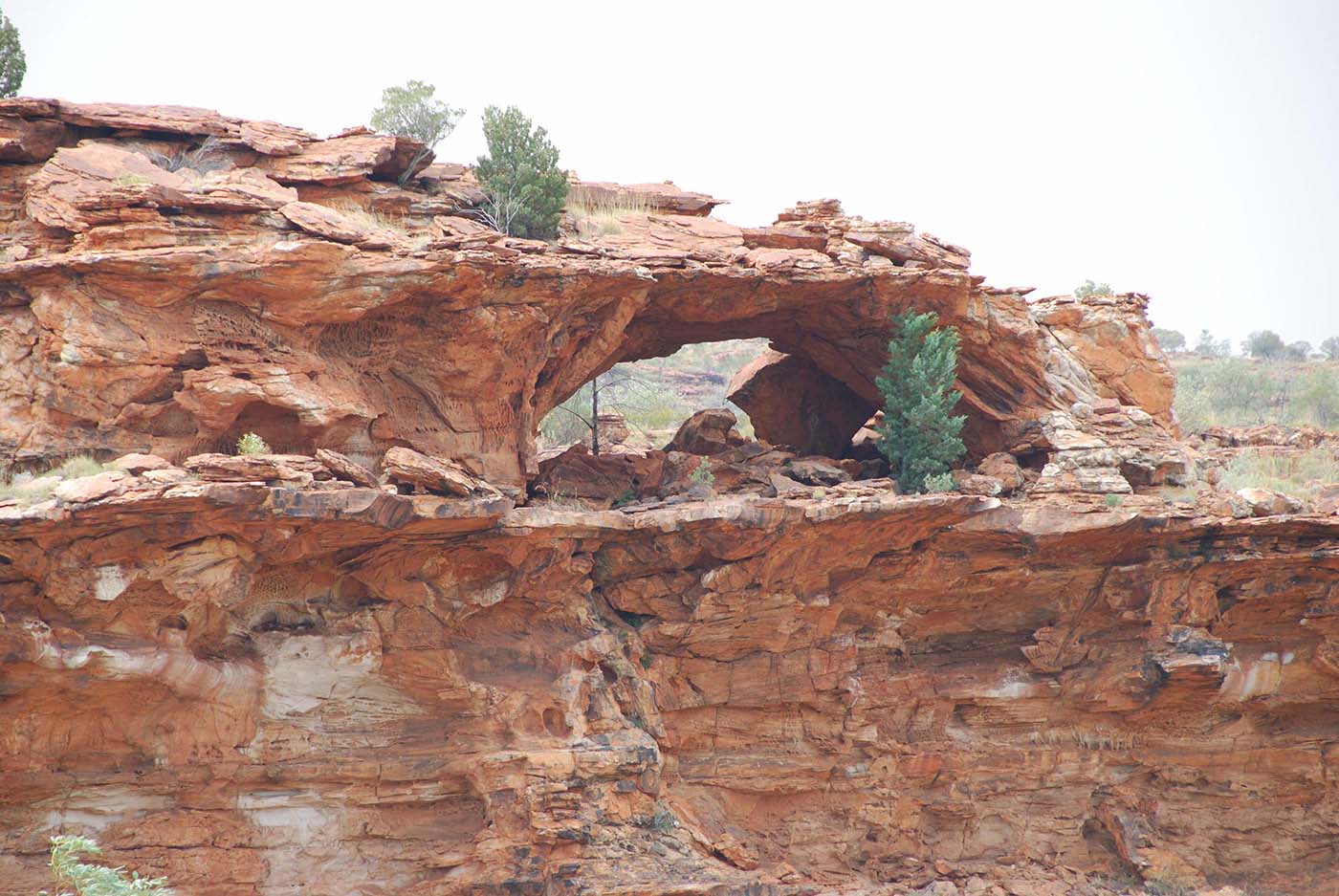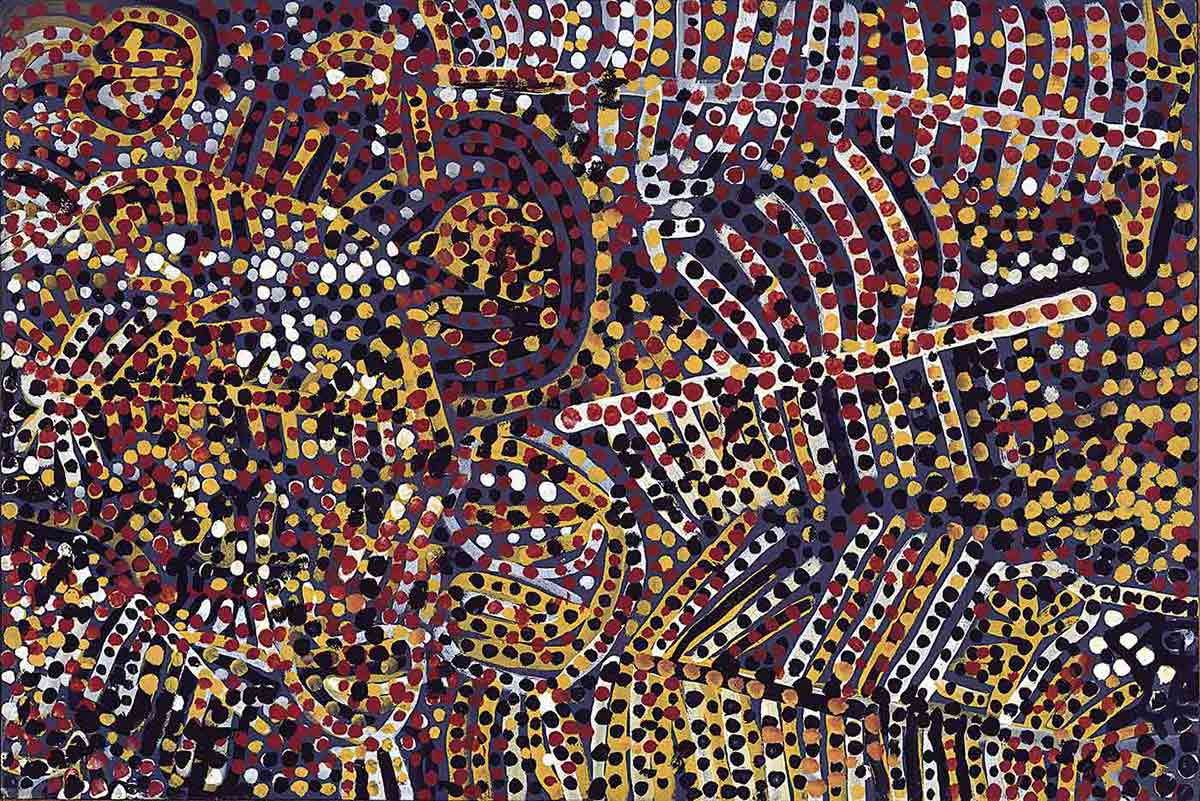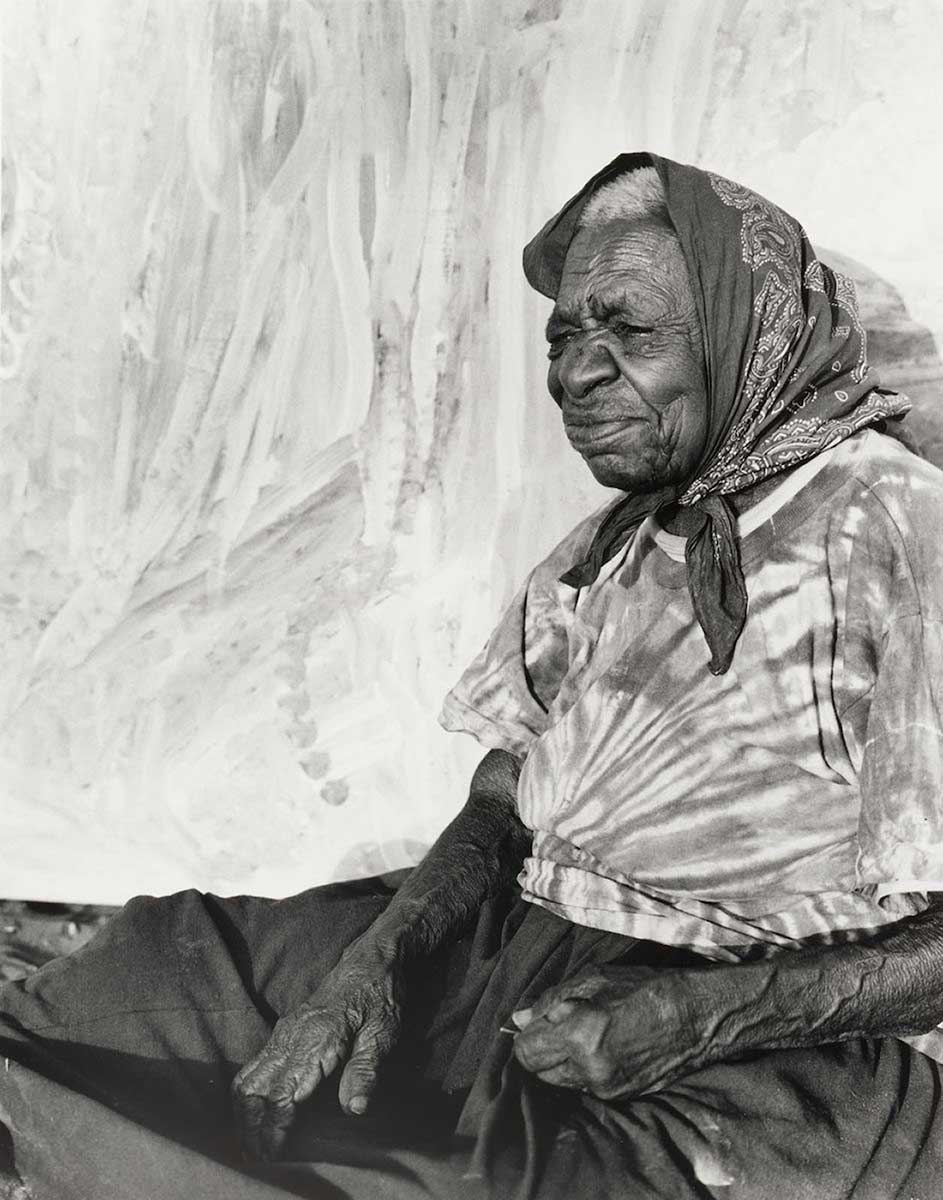
Emily Kame Kngwarreye is one of Australia's most significant contemporary artists. Emily was born at the beginning of the 20th century and grew up in a remote desert area known as Utopia, 230 kilometres north-east of Alice Springs, distant from the art world that sought her work.
Although Emily began to paint late in her life she was a prolific artist who often worked at a pace that belied her advanced age. It is estimated that she produced over 3,000 paintings in the course of her eight-year painting career – an average of one painting per day.
For virtually two-thirds of her life she had only sporadic contact with the outside world. It was not until she was about 80 that she became, almost overnight, an artist of national and international standing.
Her remarkable work was inspired by her cultural life as an Anmatyerre elder, and her lifelong custodianship of the women's Dreaming sites in her clan Country, Alhalkere.
It was in Alhalkere that the essence of her being resided, it was her Dreaming that was the source of the creative power, of her knowledge. So profound was her identification with Alhalkere that it infused her life and her belief system, and governed her kinship relations and connections with other people. Alhalkere was the source of her paintings – her genius loci. Even physically, Emily's pierced nose bore homage to the ancestor Alhalkere, a pierced rock standing on the Country of the same name.
Alhalkere was the place and the law that she continually re-created in her art. Emily Kame Kngwarreye's visions of Alhalkere are her personal cultural legacy to the world. Whenever Emily was asked to explain her paintings, regardless of whether the images were a shimmering veil of dots, a field of 'dump dump' dots, raw stripes seared across the surface or elegant black lines, her answer was always the same:
Emily Kame Kngwarreye, interview with Rodney Gooch, translated by Kathleen Petyarre:
Whole lot, that’s whole lot, Awelye (my Dreaming), arlatyeye (pencil yam), arkerrthe (mountain devil lizard), ntange (grass seed), tingu (Dreamtime pup), ankerre (emu), intekwe (favourite food of emus, a small plant), atnwerle (green bean), and kame (yam seed). That’s what I paint, whole lot.
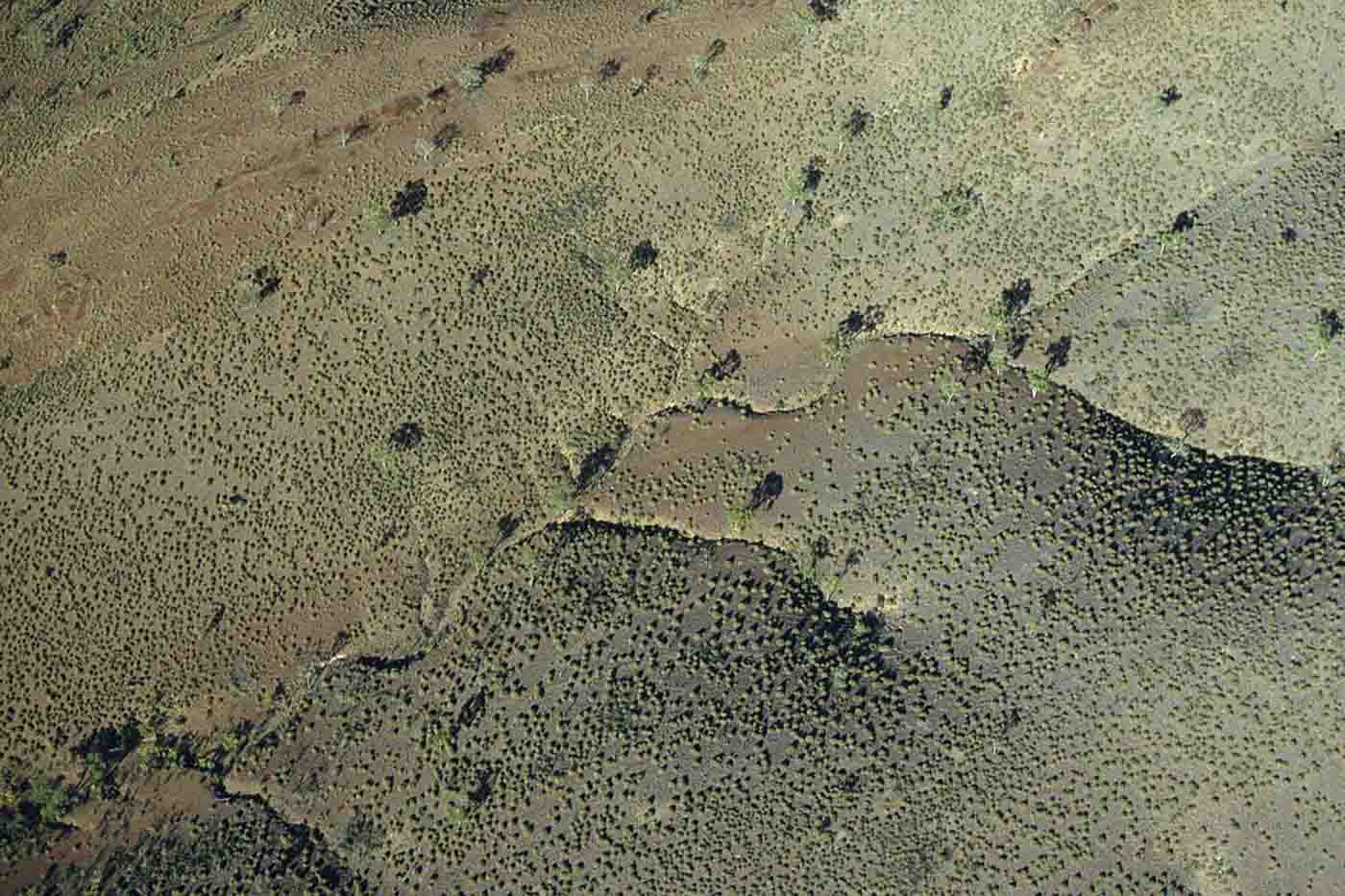
The enactment of these strong cultural connections to her community and Country through kinship ties, ancestral history and law was an everyday practice that informed her art, making her life and art inseparable.
By extension, an exhibition of her work, no matter how large or small, is always the same story, in which the whole is about the totality of her existence expressed as her Dreamings in all their manifestations.
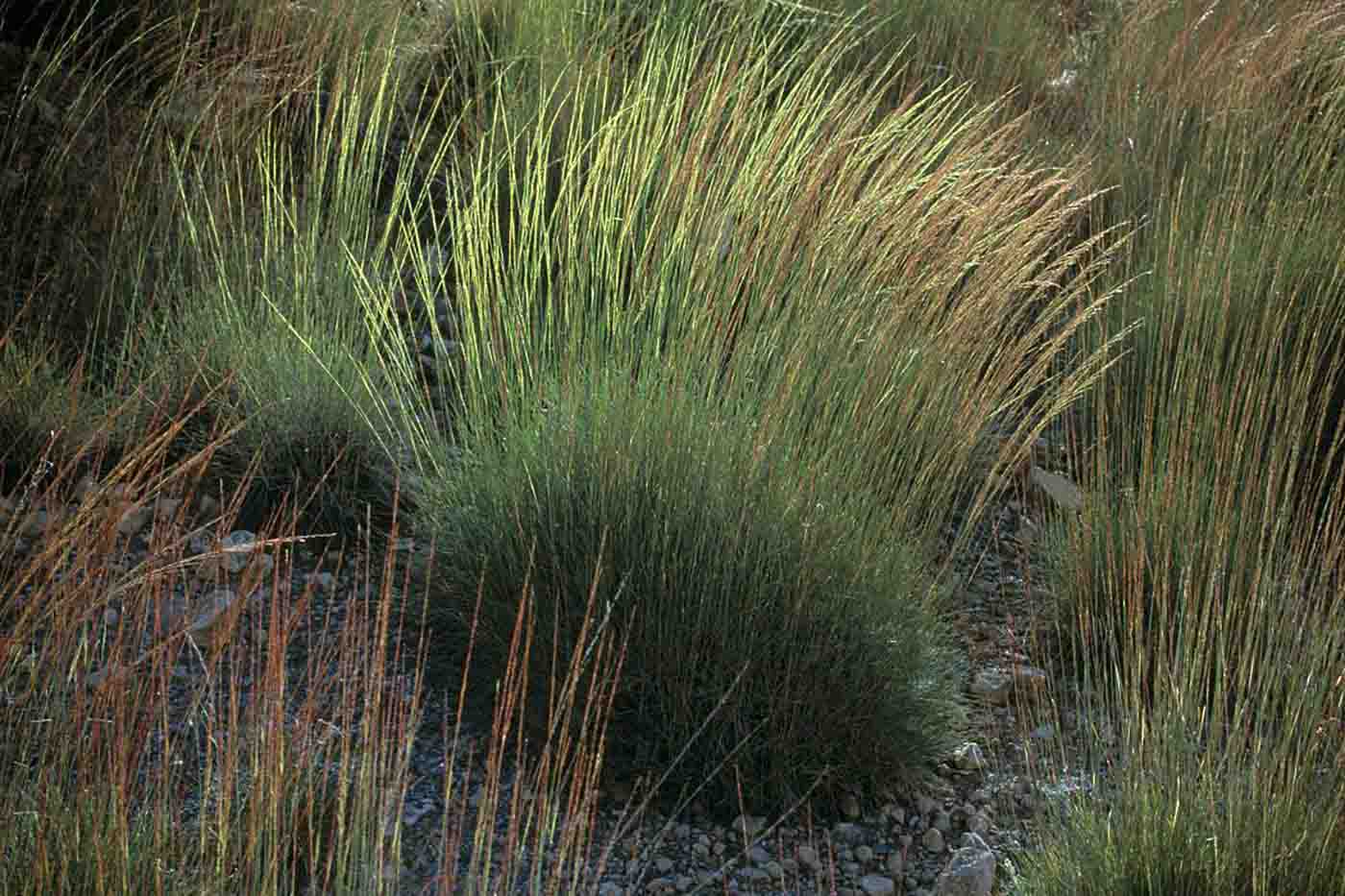
It is possible to find in Emily's work visual links with almost every phase of Western modernism and with aspects of Japanese artistic practices.
That she knew virtually nothing of the art world beyond Utopia and drew her energy, creativity and inspiration from a small patch of country in the centre of the Australian outback is just one of the many radical challenges her art poses.
about 1910
Emily Kame Kngwarreye is born in her Country, Alhalkere, about 230 kilometres north-east of Alice Springs in Central Australia. It is here that she first encounters a white man (and horses) when she is about 10 years of age.
1920s
The first pastoralists settle in the lands of the Anmatyerre and Alyawarr peoples, which include Emily's Country, and name the area Utopia.
1930s and 1940s
Emily undergoes an arranged marriage. Like many other Aboriginal people, Emily and her husband work on pastoral properties. She also works the camel teams carrying supplies between Alcoota and Wolfram Mine on Mount Riddock station. Late in the 1940s Emily remarries, in what she calls a 'love match'.
1976
Aboriginal land rights are granted in the Northern Territory and Emily moves off the pastoral property.
1977
Batik-making is introduced to women in Utopia as part of an extended government-funded education program. This is the beginning of Emily's use of introduced material in her art.
1978
Utopia Women's Batik Group is formed, with Emily as a founding member.
1979
Emily and other women involved in the Utopia land claim perform an Awelye ceremony before a bush hearing of the Land Claim Tribunal, demonstrating the powerful nature of art as evidence for showing connection to Country. The Anmatyerre and Alyawarr peoples gain freehold title to Utopia under the Aboriginal Land Rights (Northern Territory) Act 1976.
1988
The Central Australian Aboriginal Media Association (CAAMA) completes its first project with the Utopia Women's Batik Group, called Utopia – A Picture Story. The 88 silk batiks are acquired by the Holmes à Court Collection in Perth.
1988–89
The CAAMA shop, based in Alice Springs, initiates a project introducing the Utopia Women's Batik Group to painting on canvas with acrylic paints. Among the 81 works completed is Emily Kame Kngwarreye's first canvas, Emu Woman, which instantly attracts attention. Demand for her work escalates at a phenomenal rate until her death, nearly 8 years later. It is estimated that Emily produced more than 3,000 works in 8 years, an average of one per day.
1989
Emily Kame Kngwarreye and Louie Pwerle are the first recipients of the CAAMA/Utopia Artists-in-Residence Project funded by the Robert Holmes à Court Foundation. This residency was completed at Utopia.
1990
With Louie Pwerle, Emily makes a rare trip out of the desert to an exhibition of their paintings at the Perth Institute of Contemporary Art. Emily has five solo exhibitions in Sydney, Melbourne and Brisbane, in addition to 12 group exhibitions.
1992
Emily travels to Canberra to receive an Australian Artists Creative Fellowship from the prime minister, Paul Keating. It is the first time an Indigenous artist has received this prestigious award.
1993
Emily completes her 22-panelled work, Alhalkere Suite, for entry in the Joan and Peter Clemenger Contemporary Art Award at the National Gallery of Victoria. The work is now owned by the National Gallery of Australia.
1995
Emily's epic 8 x 3 metre work, Big Yam Dreaming, is completed and donated to the National Gallery of Victoria.
1996
A major national touring retrospective of Emily's work scheduled for 1998 is planned by the Queensland Art Gallery. Emily makes a tribute to the gallery by doing her final major installation, the 18-piece Utopia Panels. In the last 2 weeks before her death, Emily paints a series of 24 small canvases over a period of 3 days, referred to as 'The last series'. These works represent a radical departure from all previous work.
Emily dies on 2 September 1996.
